| | With our promised rain for this weekend and next week, be sure to prepare your seeding trays and your garden beds to transplant whatever’s available at nurseries. Seeding and transplanting will both be more successful when the entire area of soil is moist to at least a six-inch depth. And, as you winter-prune your fruit trees and perennials, you can propagate the trimmings to share with fellow gardeners. Seeding
Transplanting
Use Prunings To Propagate New Plants
Frost Still Possible
More Gardening Tips For more timely gardening tips, see January and February. |
|
2 Comments
Claire
1/29/2021 09:24:01 am
Hello! I just came across your website. I am a relatively new transplant to Sierra Madre from the Massachusetts and am figuring out how to garden in SoCal. This is such a wonderful resource! Thanks for the time and effort you put into it. What a beautiful garden and so much useful information!
Reply
Yvonne Savio
1/29/2021 01:24:05 pm
Hi, Claire -- Welcome to So Cal and our year-round growing season! Be sure to email me at [email protected] so I can add you to my emailing list and also send you a couple of items to help you plan ahead.
Reply
Leave a Reply. |
Categories |

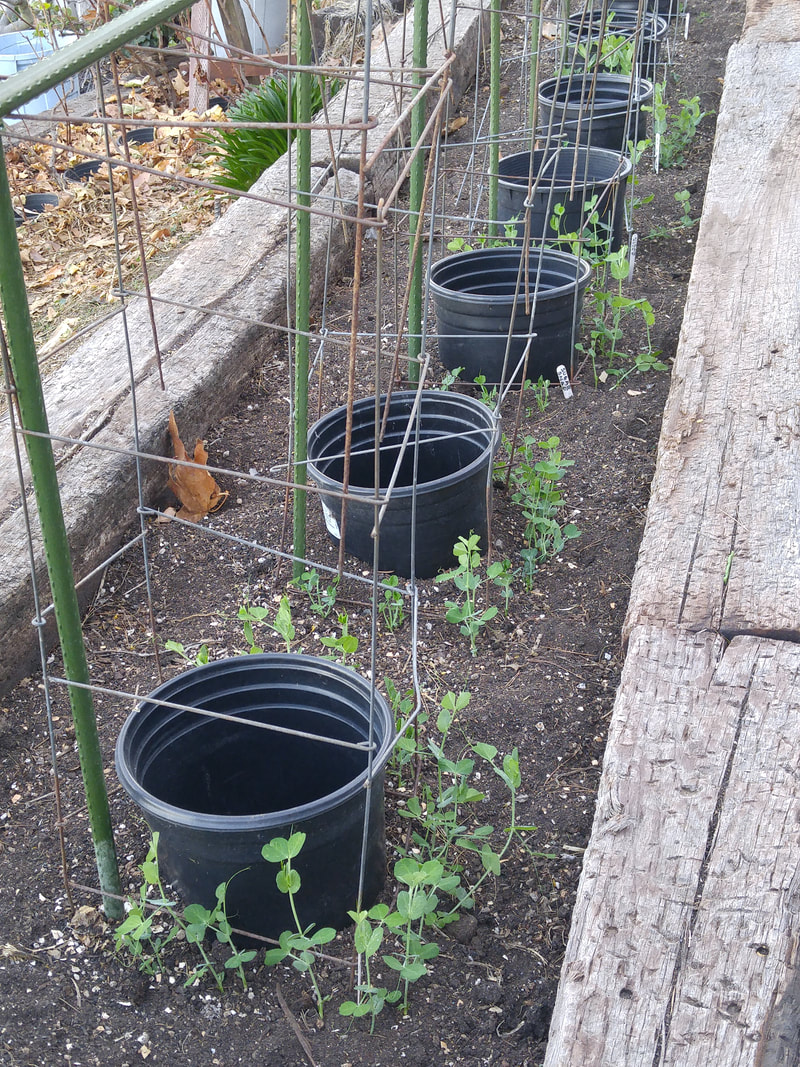
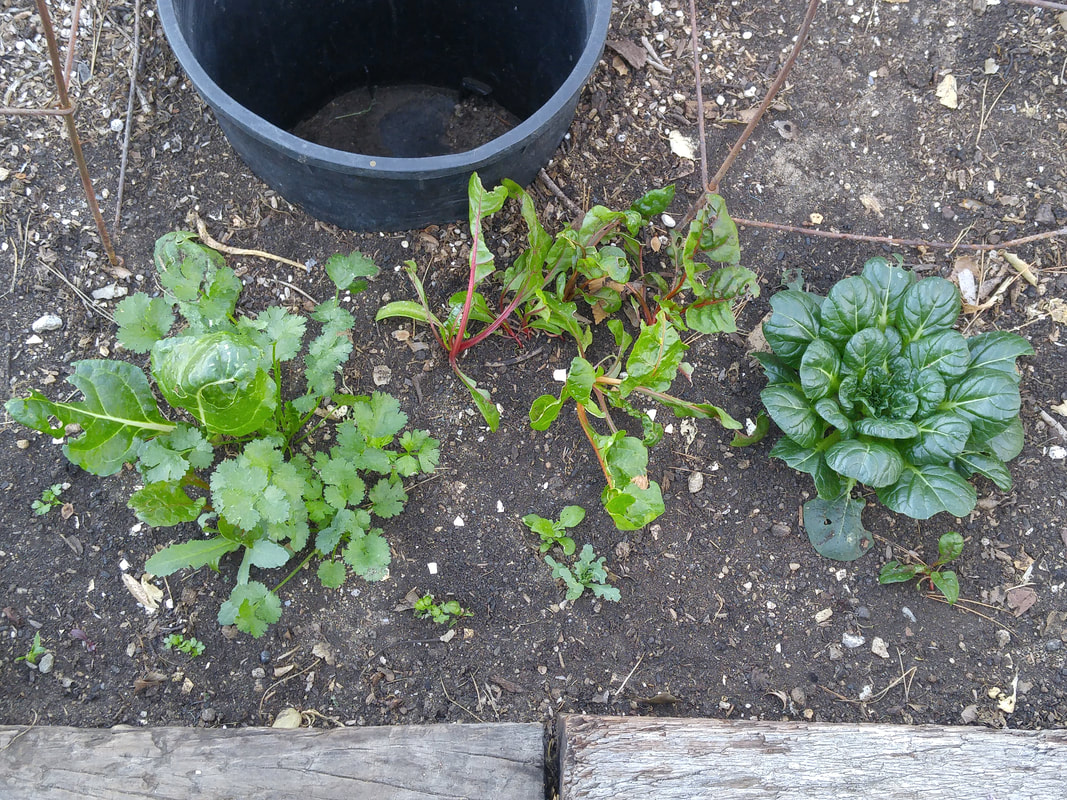
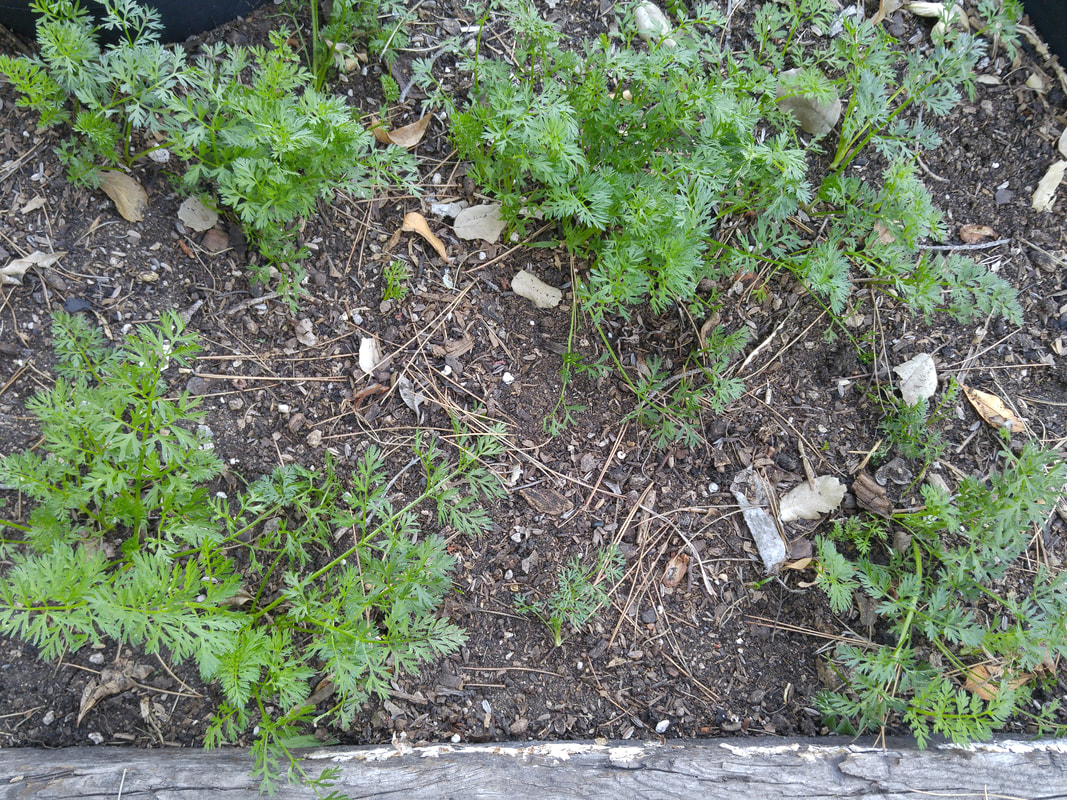
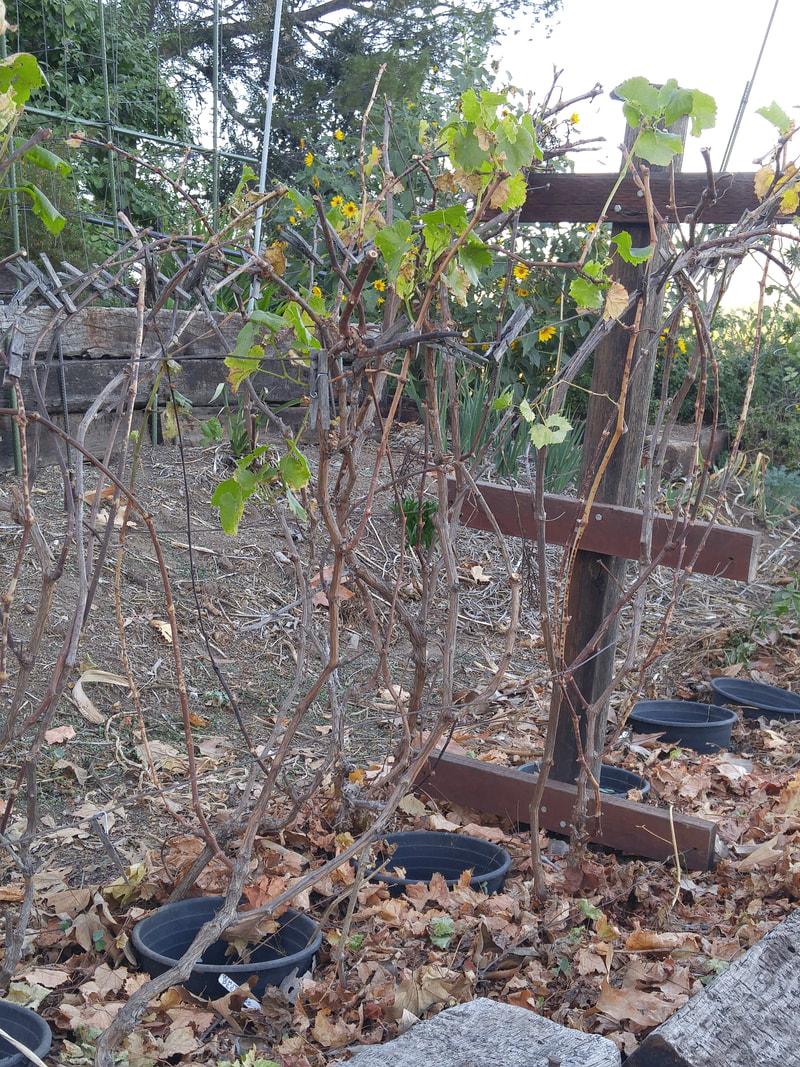
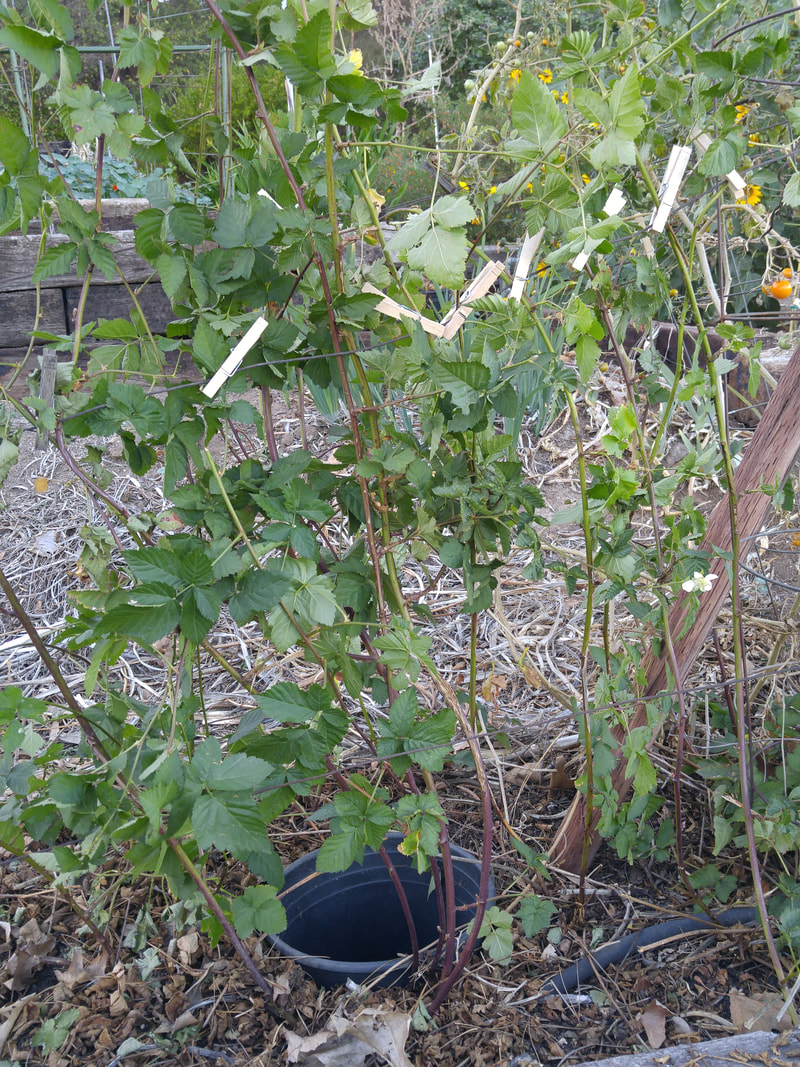
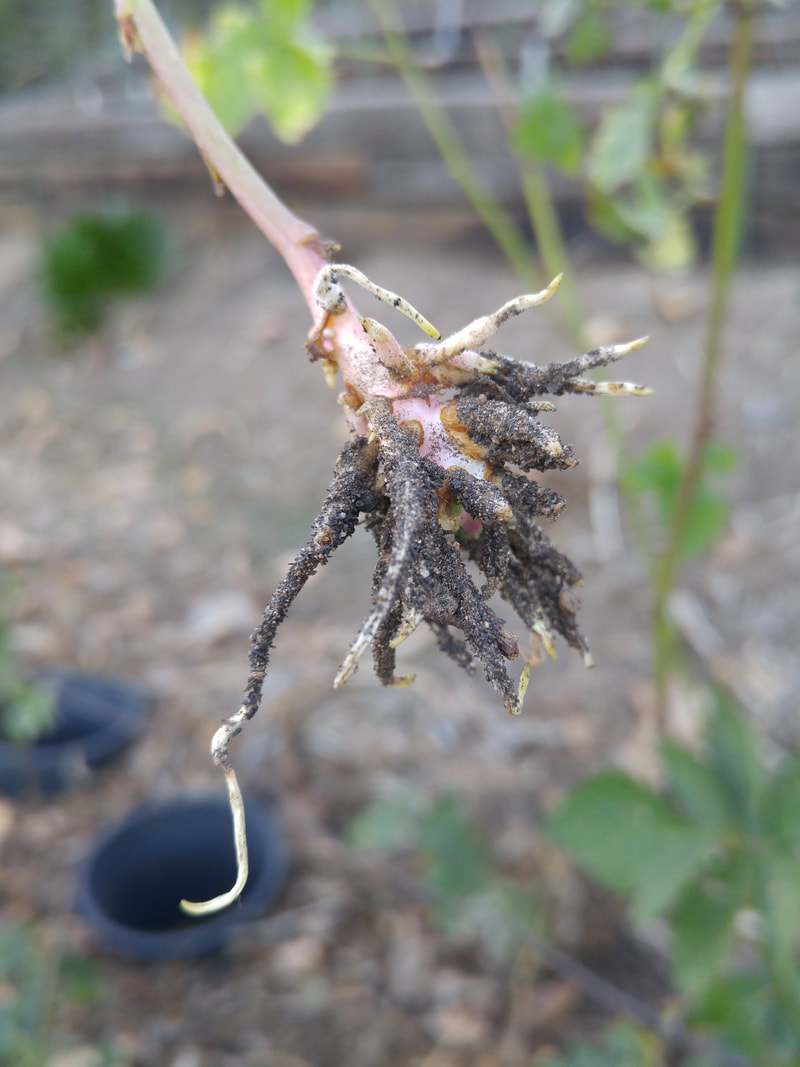
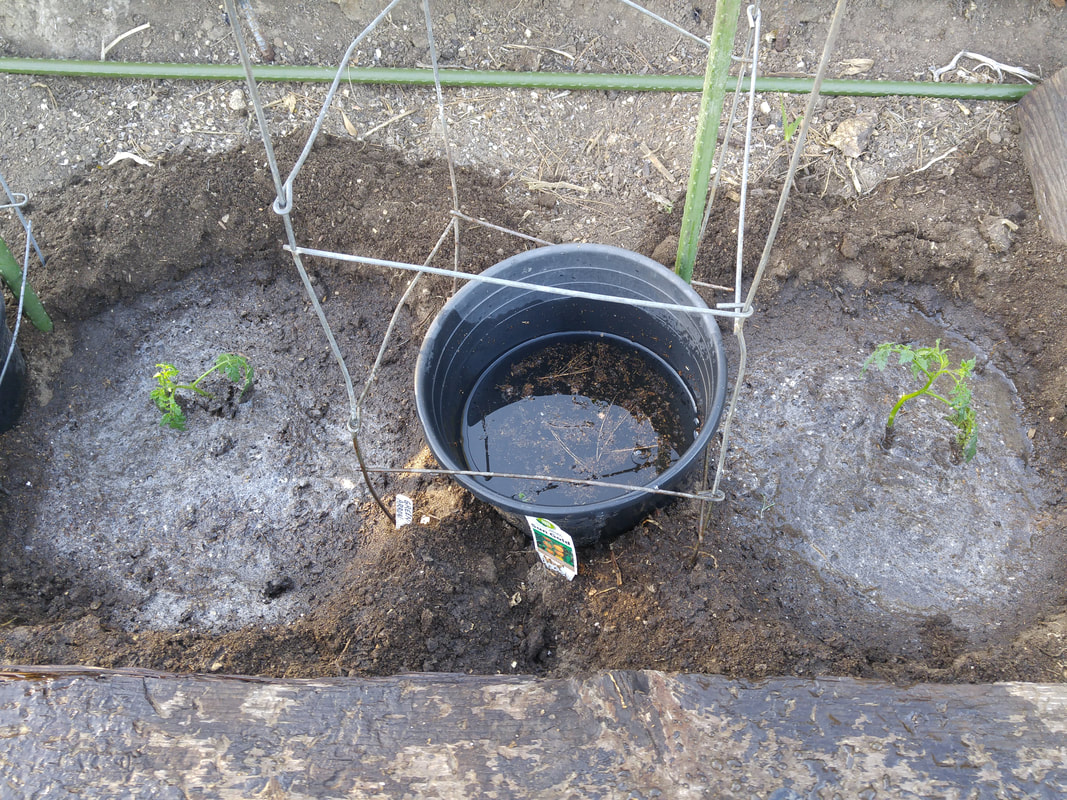
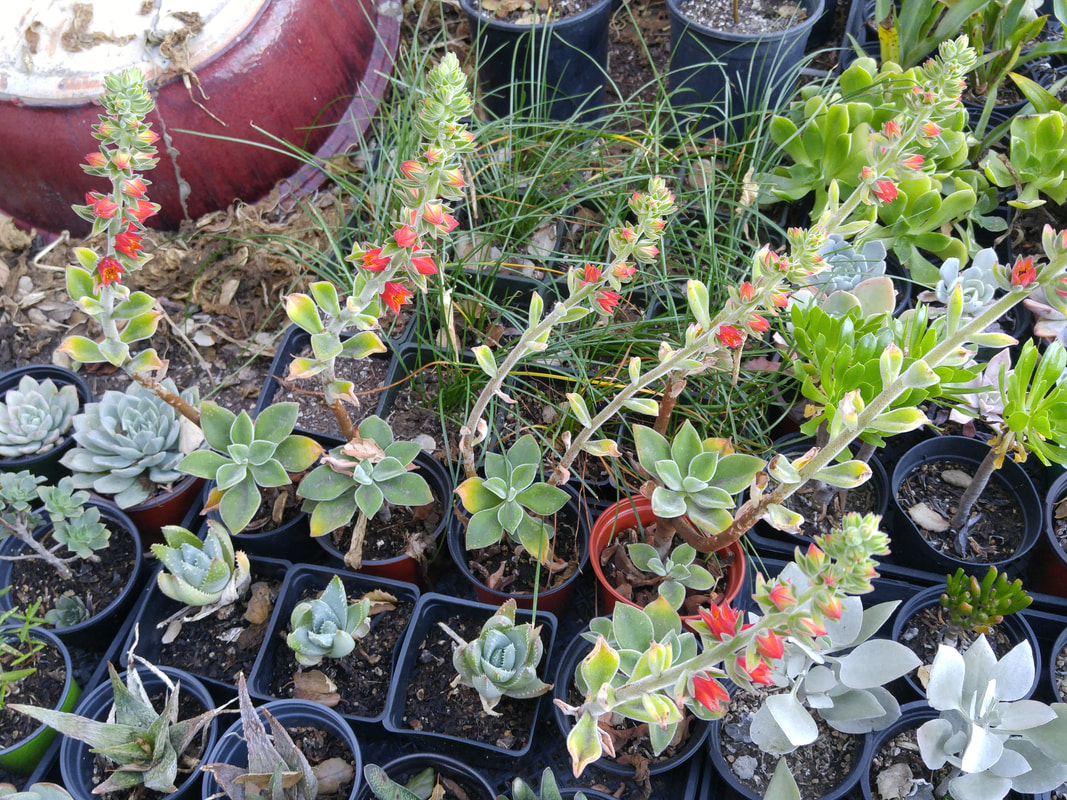
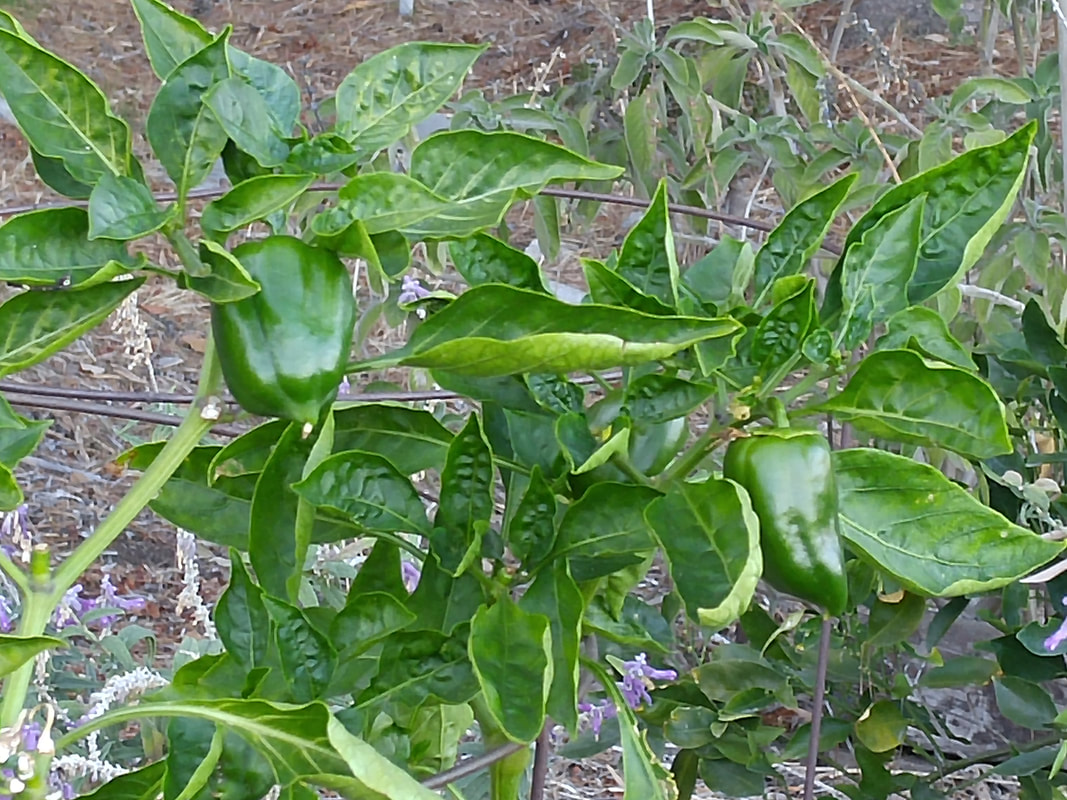
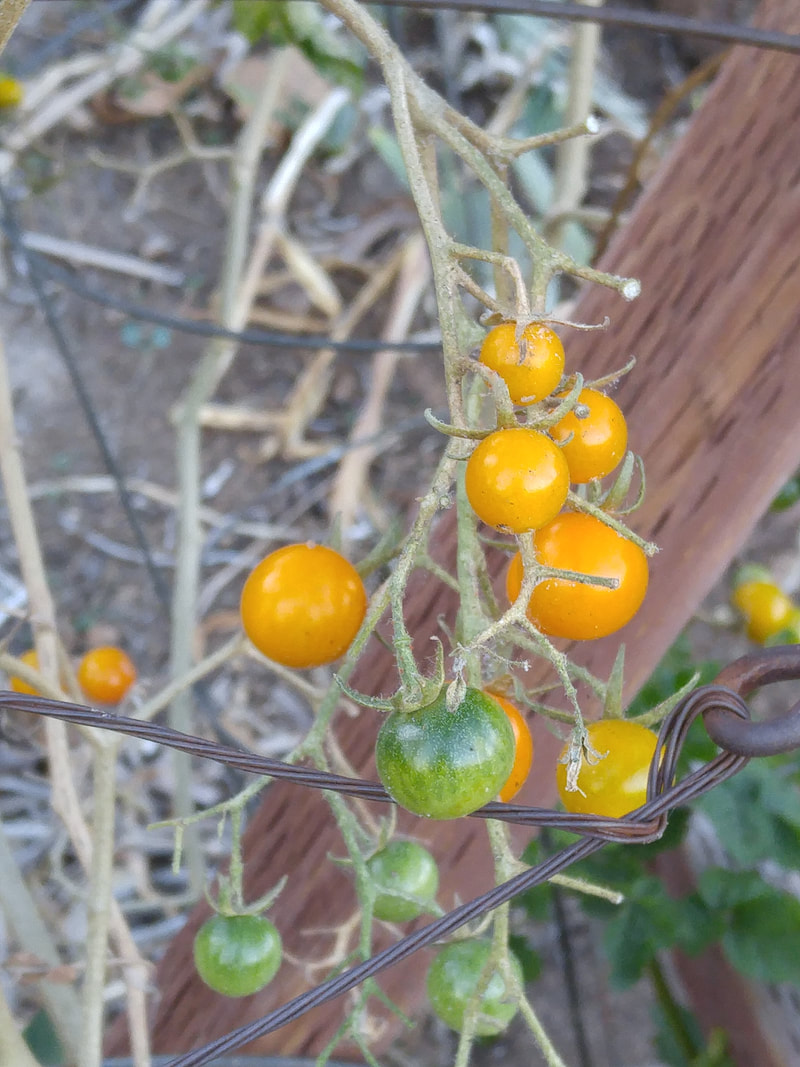
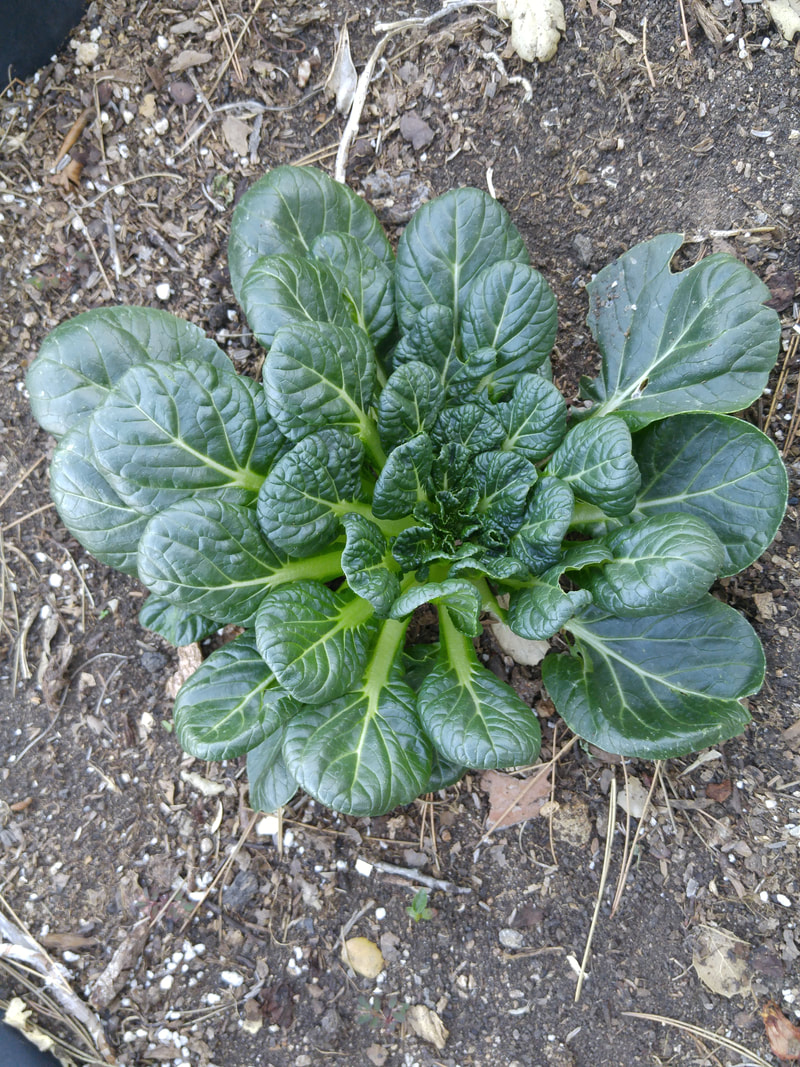
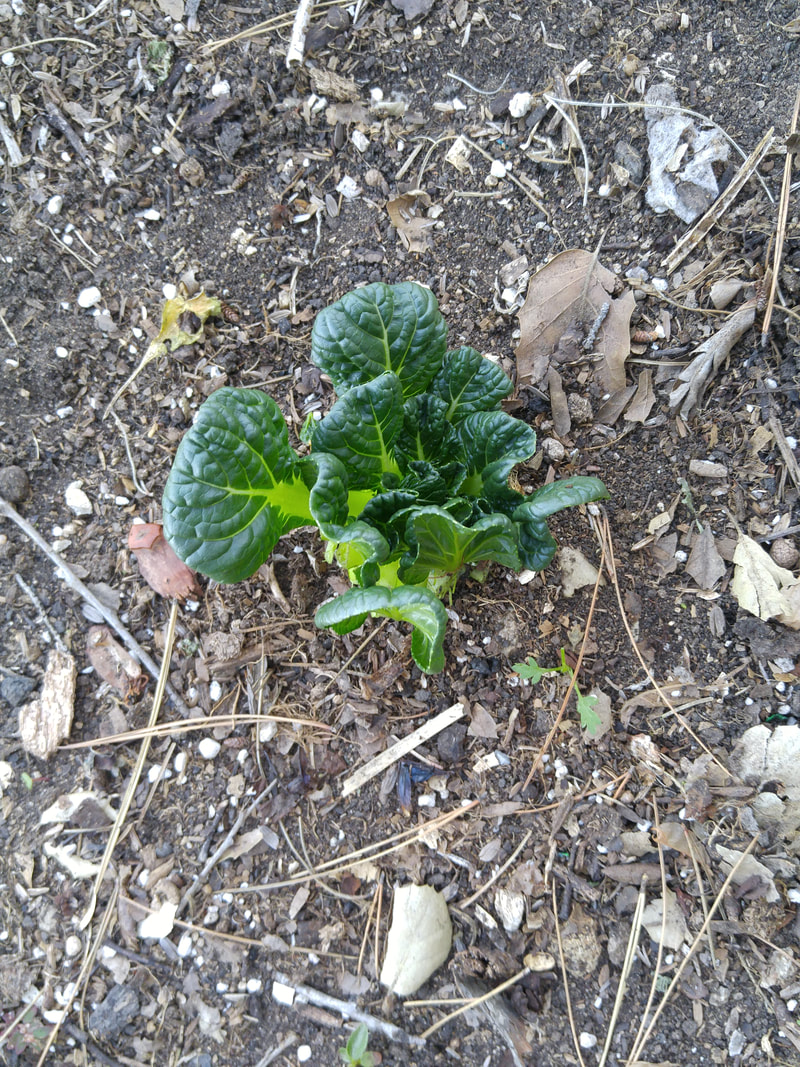
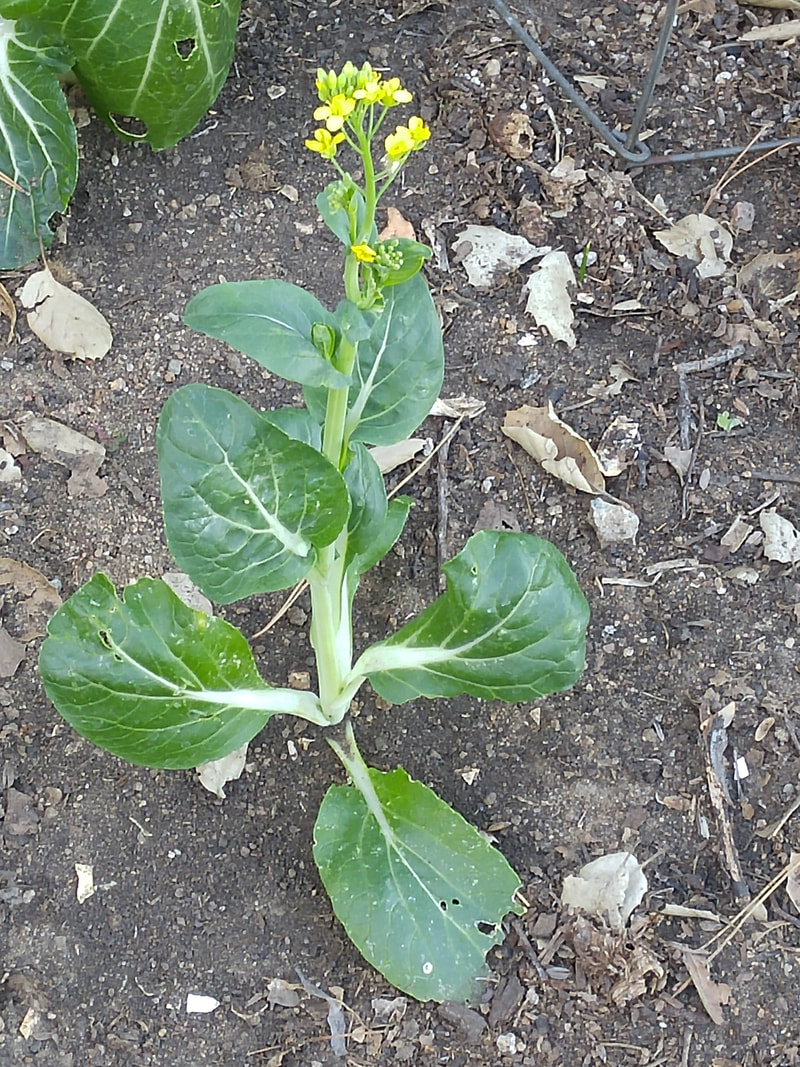
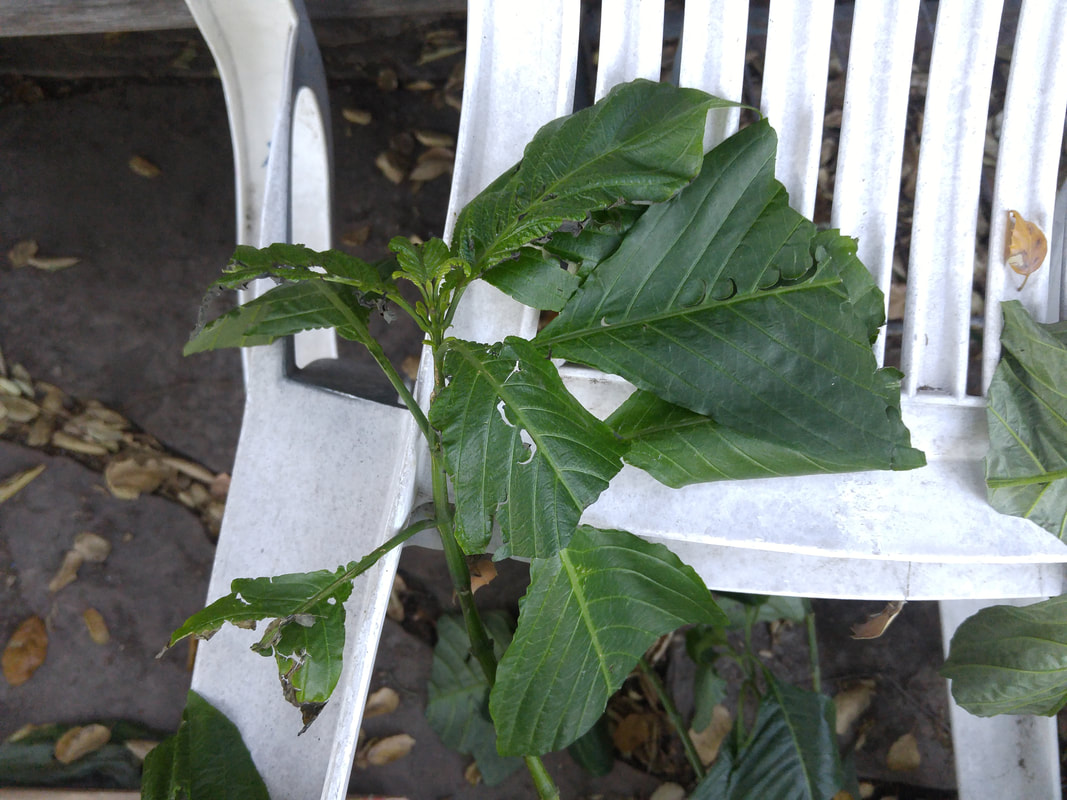
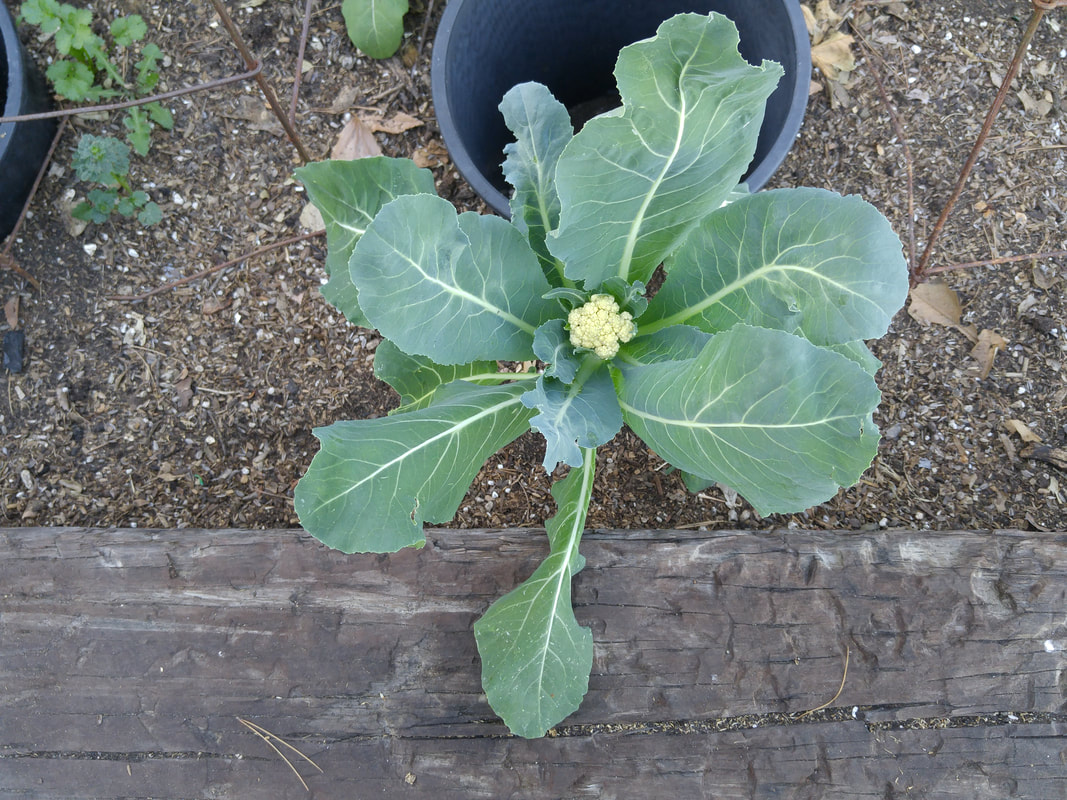
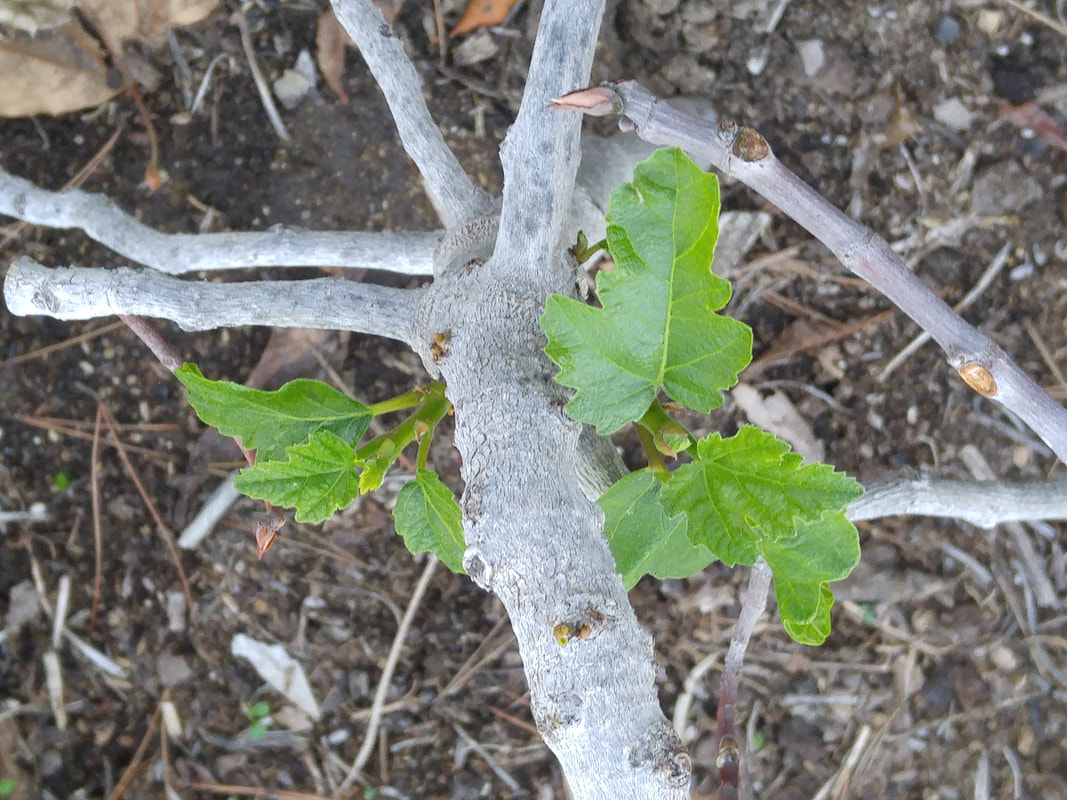
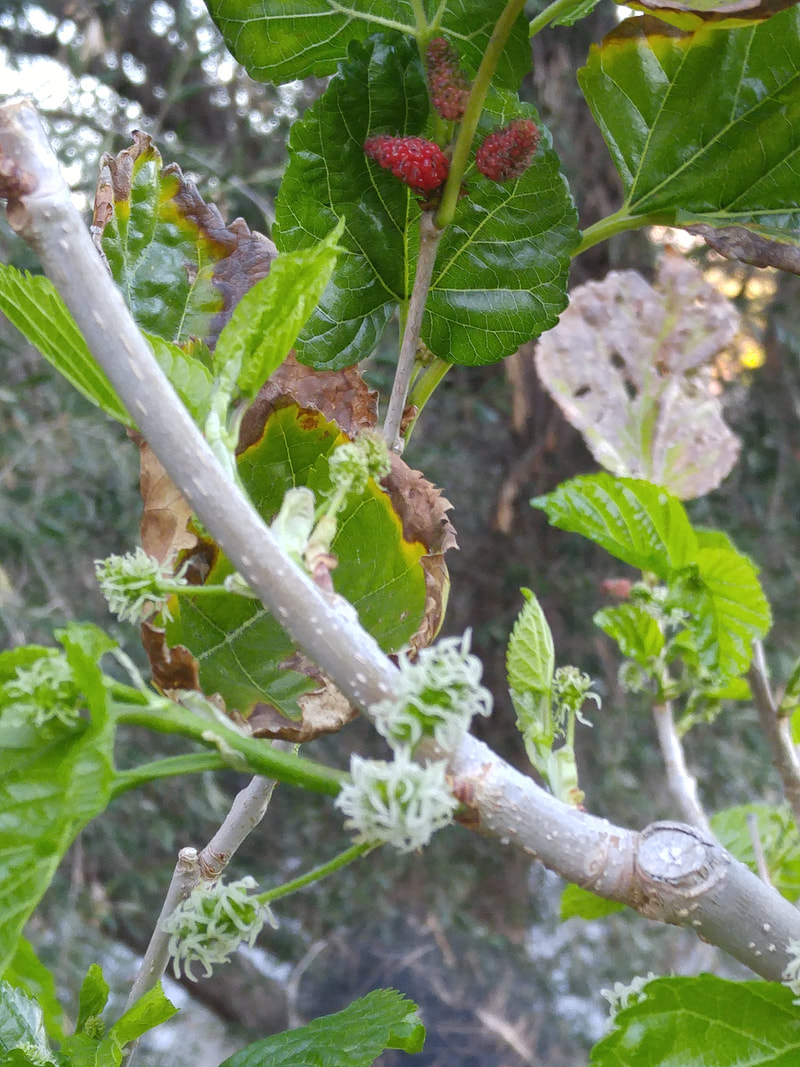
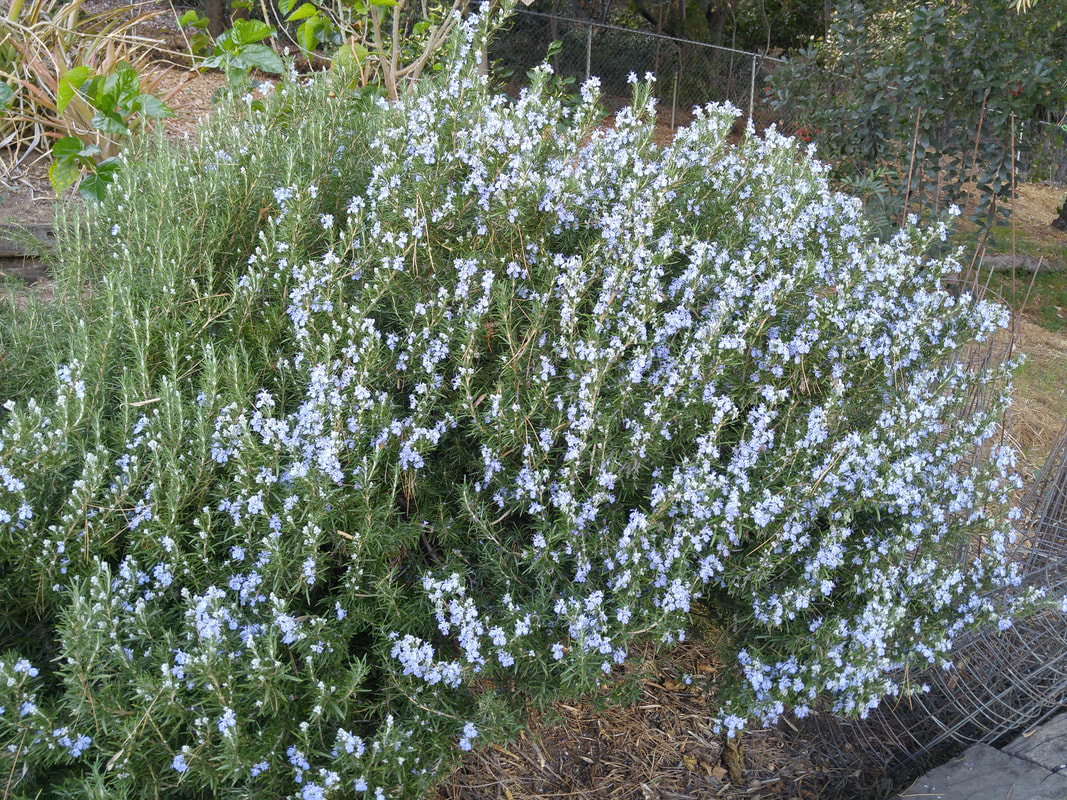
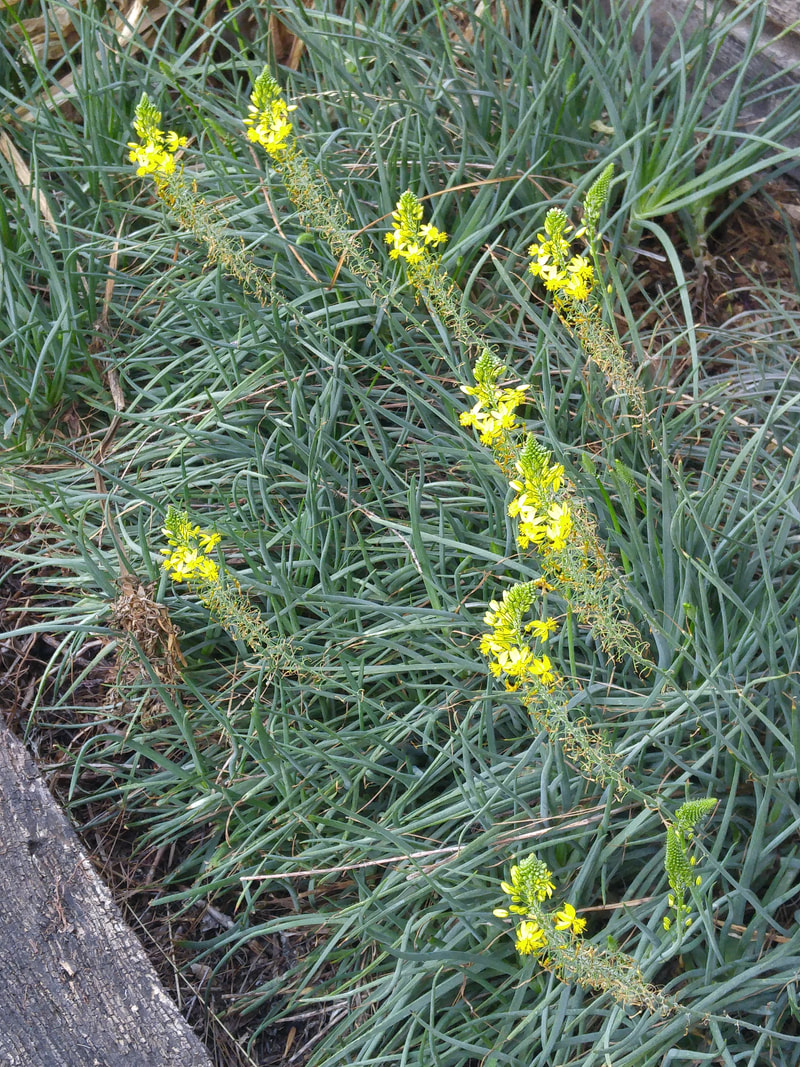
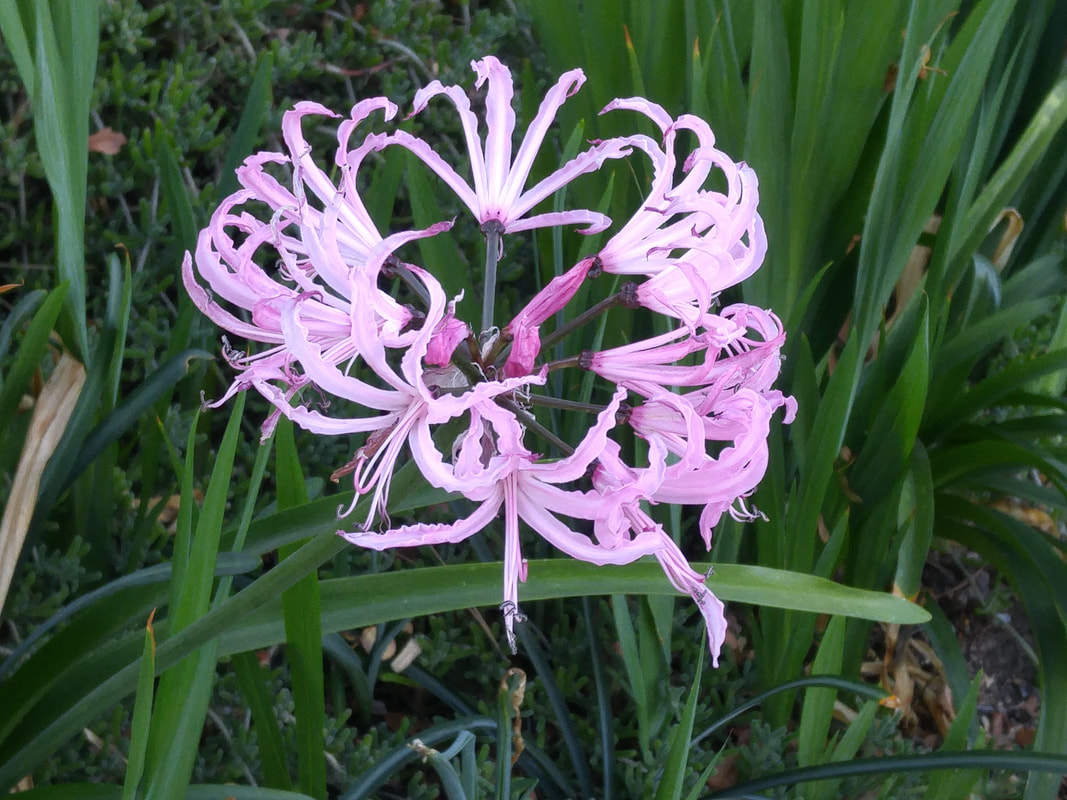
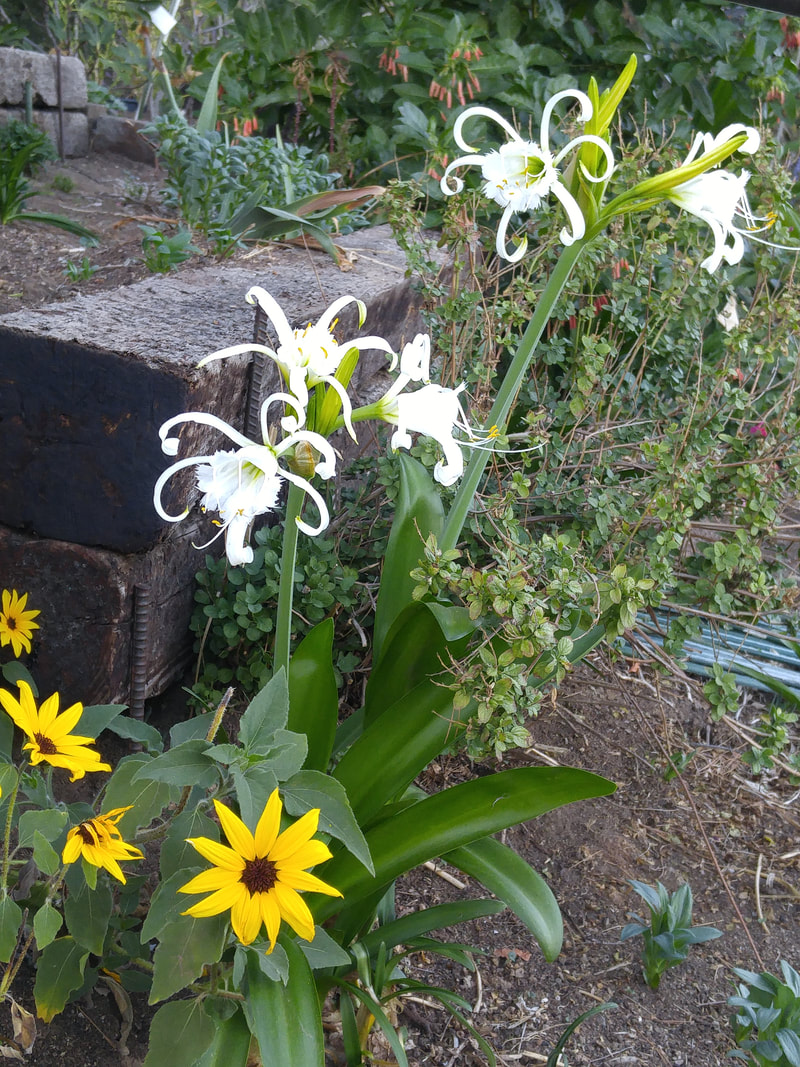
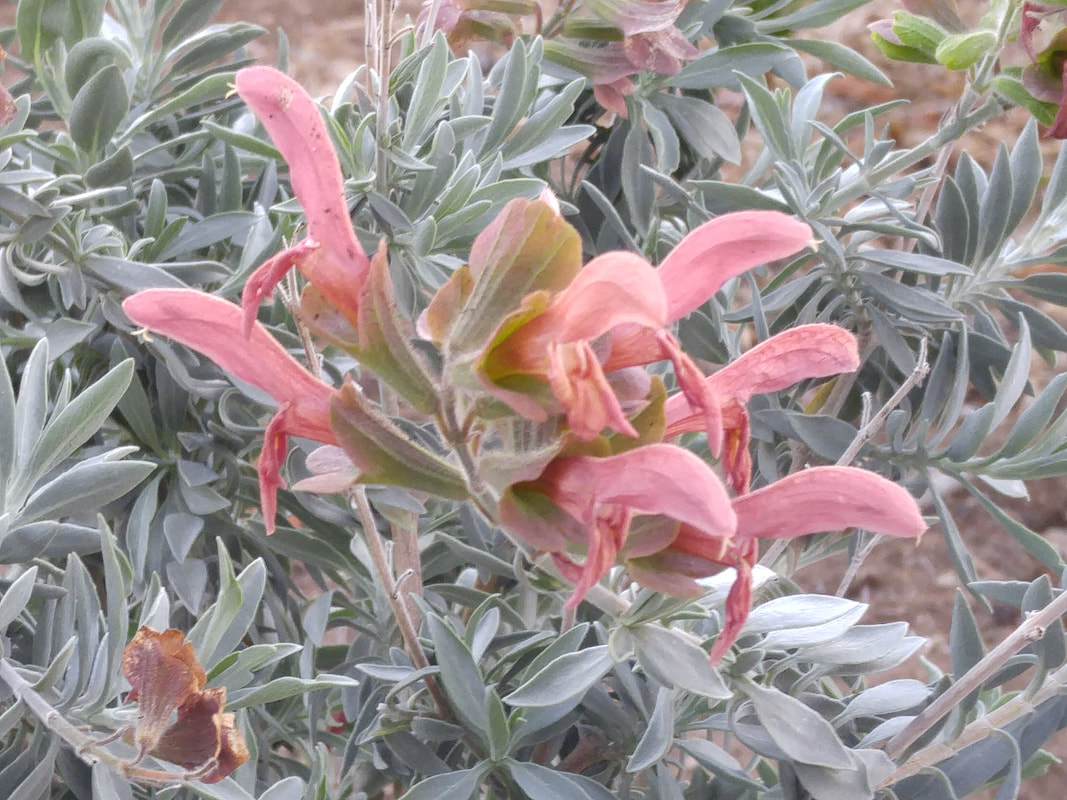
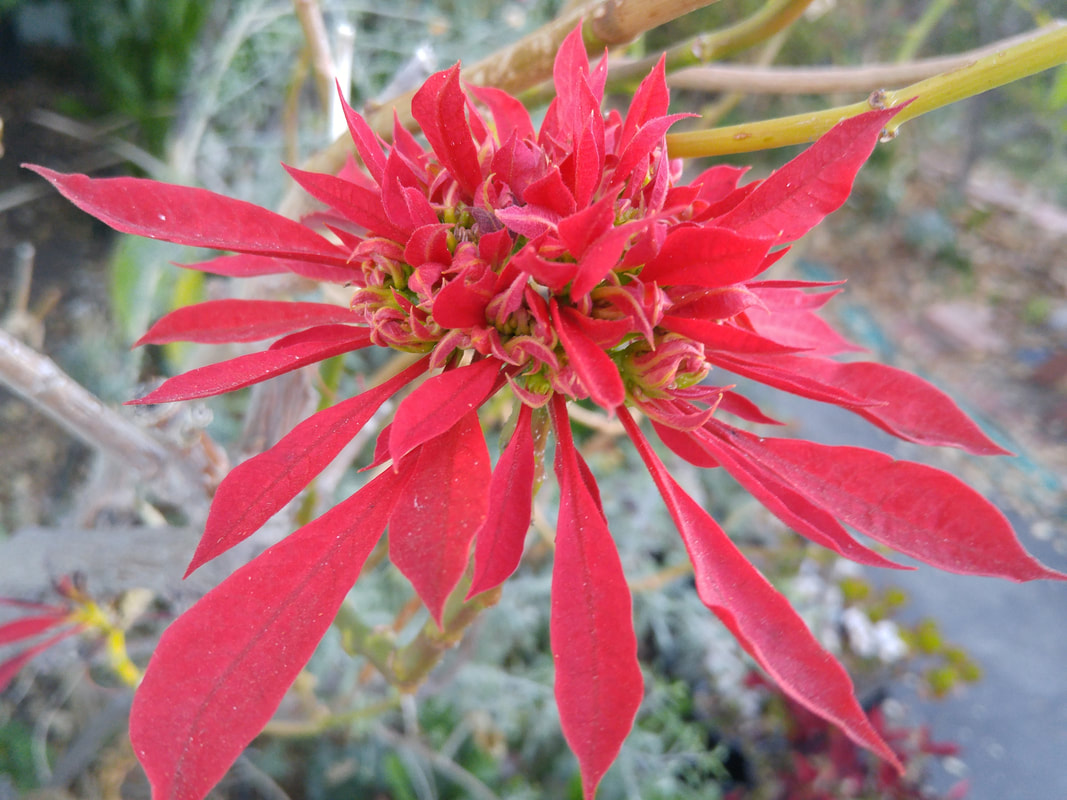
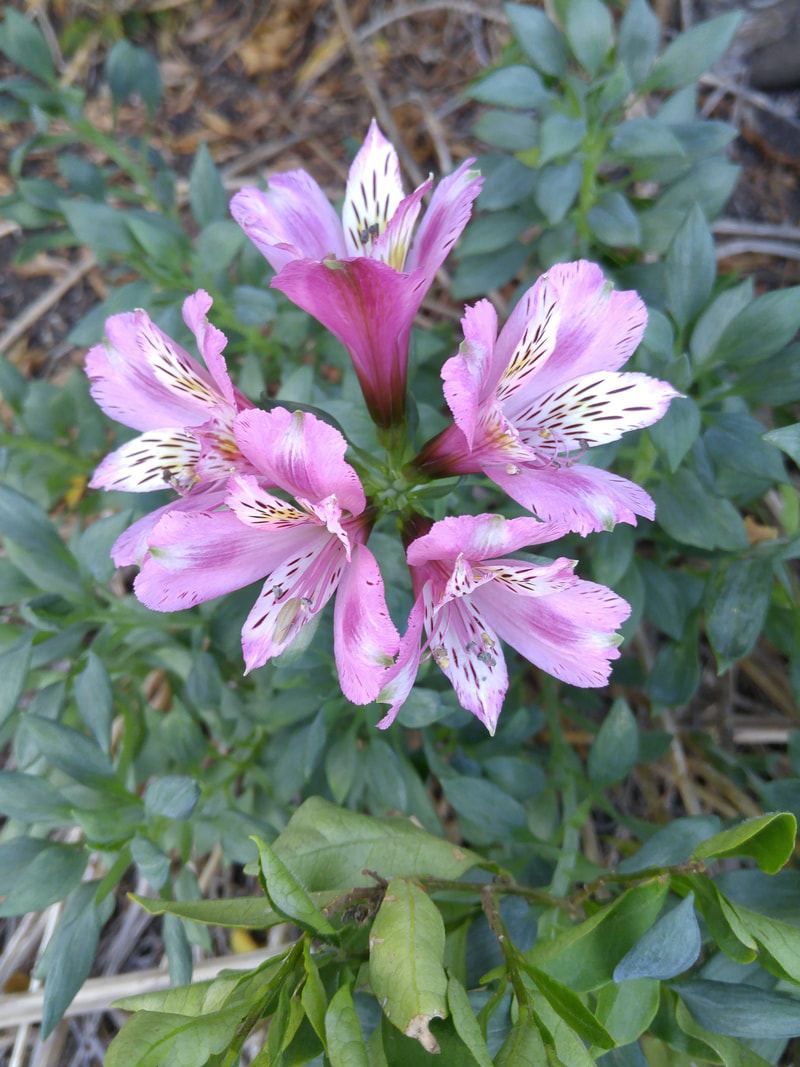
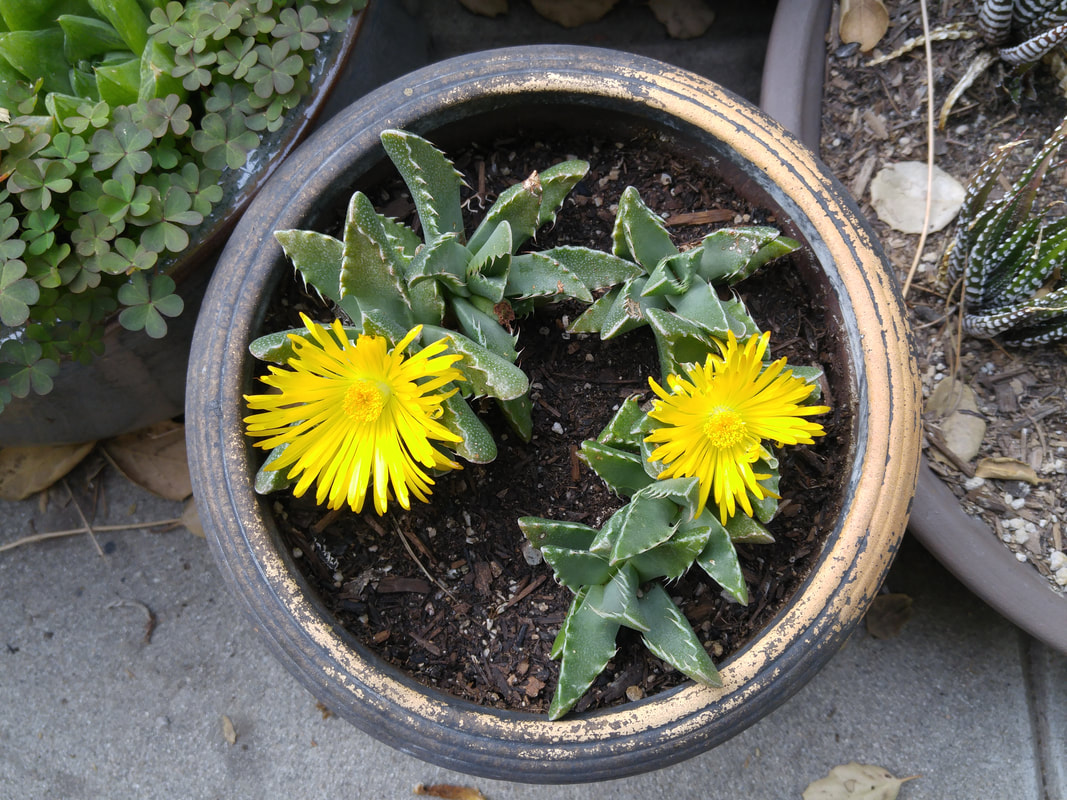
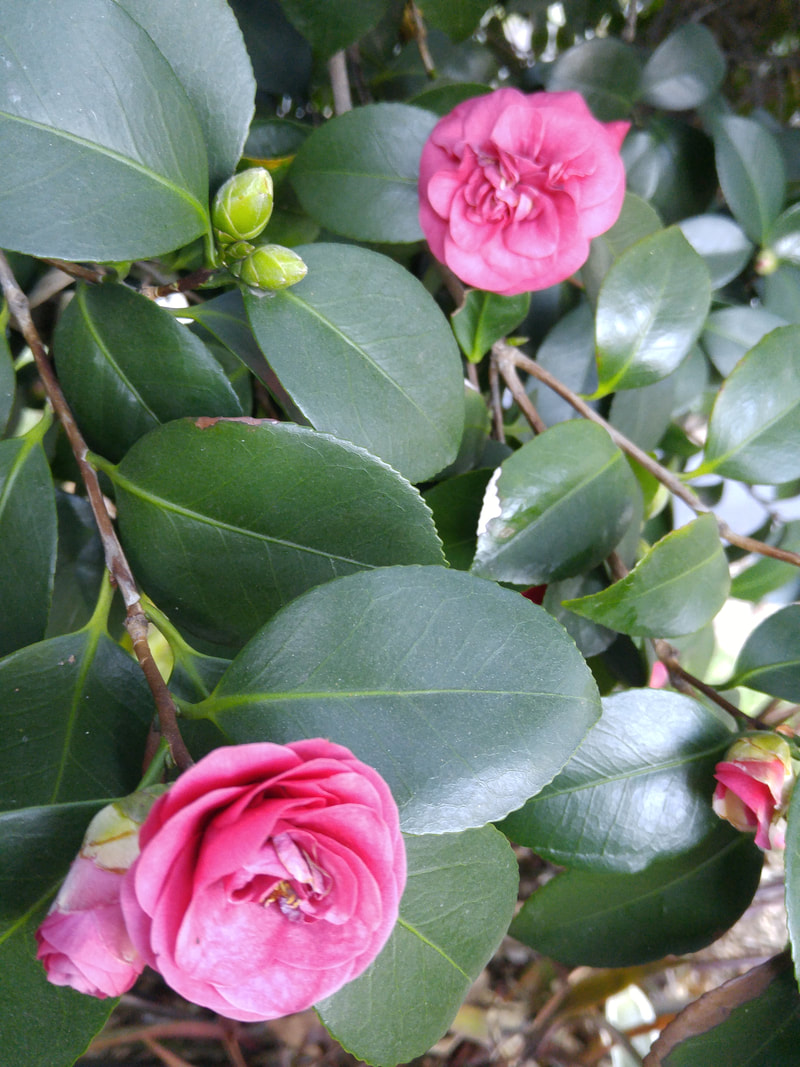
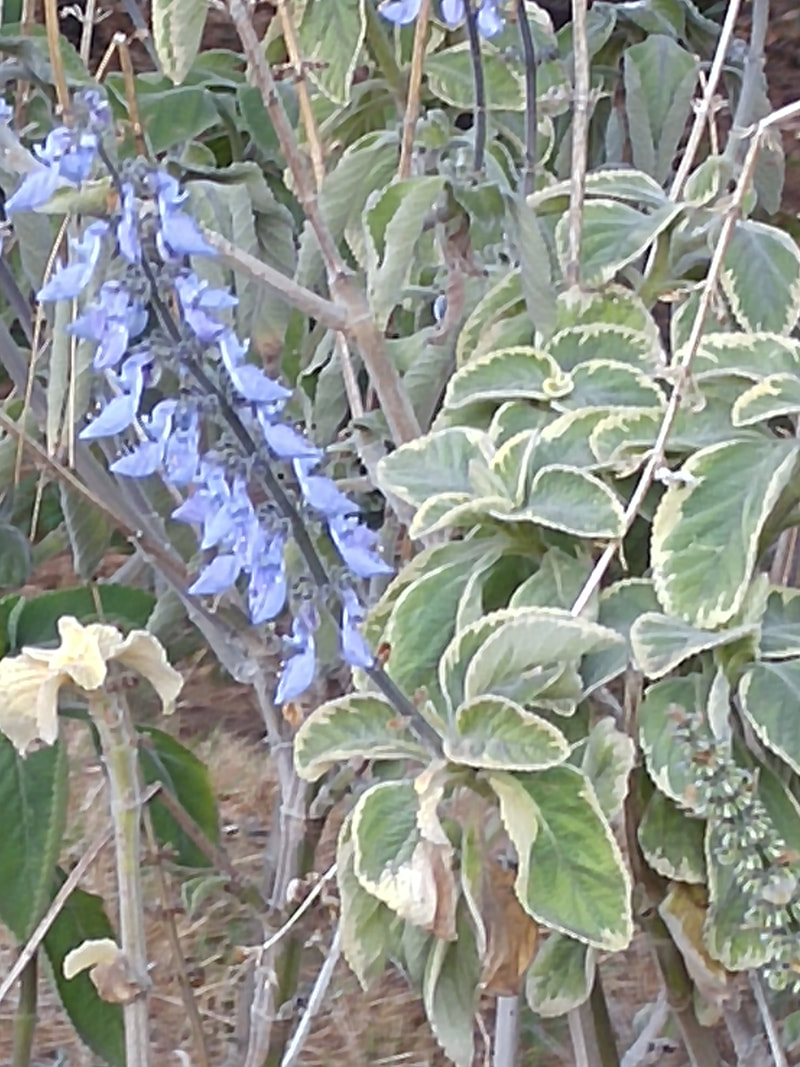
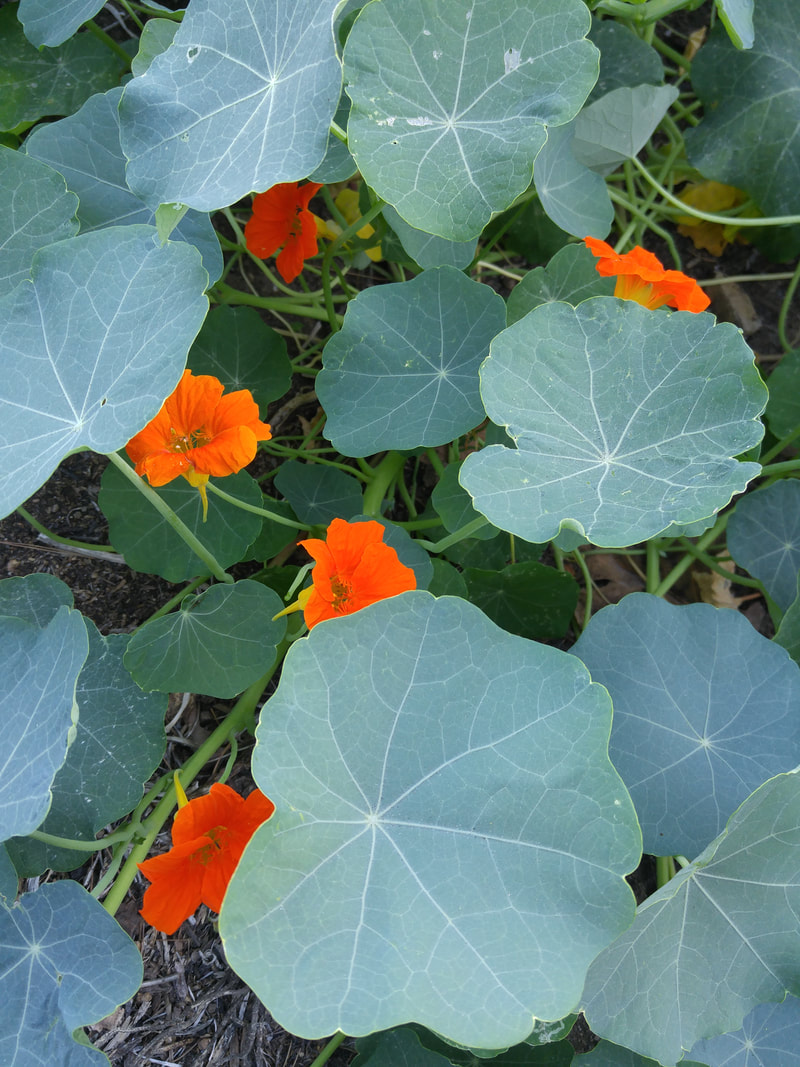
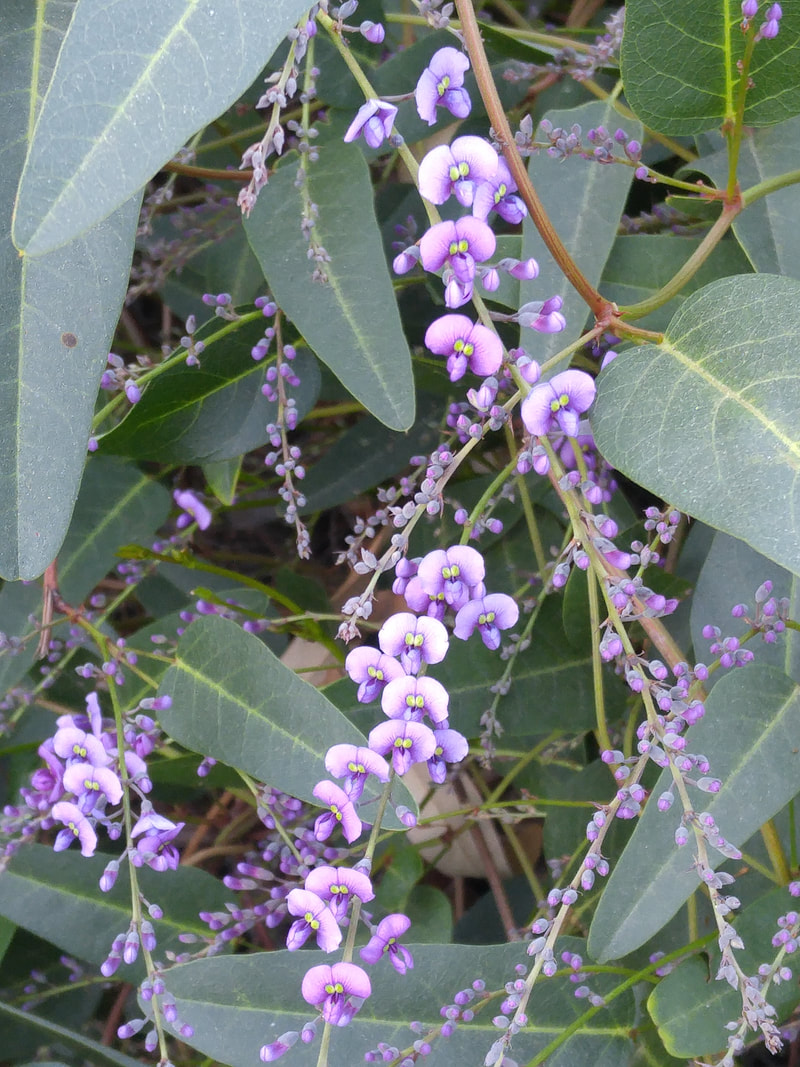
 RSS Feed
RSS Feed